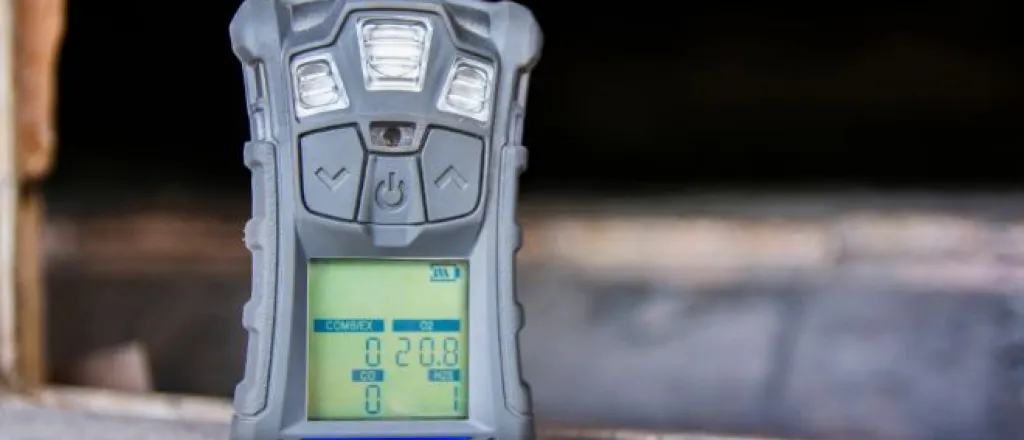
What a bump test reveals about a gas detector
©
Gas detection devices provide early warnings of hazardous gas leaks that can lead to catastrophic events, such as explosions or health hazards. Regular bump tests are crucial for assessing the performance and reliability of gas monitors. Learn what bump tests reveal about gas detectors to understand why they are essential for device maintenance.
Sensor responsiveness
A bump test consists of exposing a gas detector to a known concentration of a test gas for a short period. This procedure reveals the sensor’s responsiveness to the presence of the target gas.
By evaluating how quickly and accurately the sensors react, you can assess the detector’s overall efficiency and reliability. Non-responsive sensors pose a significant risk in hazardous environments, where delays in gas detection can lead to serious consequences, such as fires, explosions, or health hazards.
Alarm system functionality
While gas detector sensors are crucial, an effective alarm system also plays a significant role in ensuring safety. A bump test can reveal problems in the gas detector’s alarm system that may hinder its ability to sound or flash warnings.
Bump testing is one of the essential ways to test portable gas monitors. These compact and lightweight tools allow for mobility and ease of use in various industry settings, such as in extraction and processing operations in the mining sector. In these contexts, working alarm systems provide employees the time to evacuate the area or address the cause of hazardous gas buildup.
Mechanical damage
Gas detection devices are often used in harsh environments, and accidents or regular wear and tear can lead to mechanical issues that impede performance. For example, gas detectors in the oil and gas industry often face harsh conditions like extreme temperatures, strong vibrations, and corrosive elements.
Over time, mechanical damage like cracked screens, broken sensors, and loose connections can compromise the device’s overall effectiveness. By performing bump tests, businesses can identify and rectify any mechanical issues before they escalate into more severe problems.
Bump tests are crucial for maintaining gas detectors and enhancing workplace safety. Routine bump tests ensure sensor responsiveness, alarm system functionality, and the absence of mechanical damage, providing peace of mind for both employers and employees working in hazardous environments. Follow the gas detector manufacturer’s recommended timeline to make bump tests a regular part of your gas detection device maintenance.

















